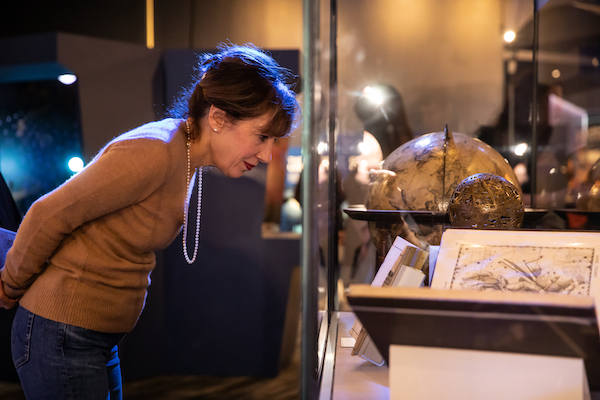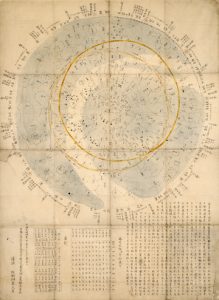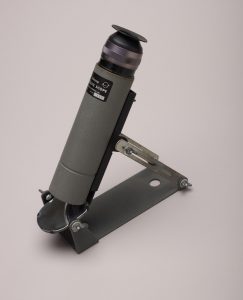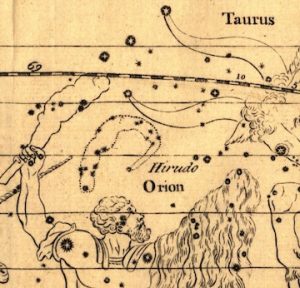See You Another Time (Or Somewhere Else)!

Header Image: Woman looking at a few of the astronomical objects from our collection located in the Adler Planetarium’s new exhibit, Chicago’s Night Sky.
One of the most exciting—and at the same time most difficult — parts of an exhibition project is to decide which collections items will be put on display.
The Adler team has increasingly favored a careful and restricted choice of objects that strengthen the exhibition narrative and highlight its core messages, rather than overwhelming our guests with an abundance of things that will likely distract them.
There are also several other types of considerations at play, which include the condition and conservation needs of each object; the safety of both staff and visitors (especially important when we deal with large and complex artifacts); the amount of resources that displaying a particular item might require; and ultimately, how each object choice will help advance the goals of the exhibition, and, more broadly, the Adler’s mission and values.
Here we present some examples of items that were initially considered for Chicago’s Night Sky, but that did not make it in the end for varied reasons. Don’t worry though; there will be many other opportunities for you to see them at the Adler. And there are other ways to learn about the stories of these and other items that were left out of Chicago’s Night Sky—which, needless to say, just ended up with a more refined and compelling object list!
OBJECT 1: STAR CHART BY MASAKI MASAFUSA
The primary goal of the exhibition is to invite the Chicagoland communities to look up, but we also want to show that engagement with the night sky is a fundamental human experience that takes place across different cultures. This large Japanese star chart helps make that point, but it would require a special frame or display case, and we cannot leave it exposed to light for too long. We will use an intermediate solution: there will be a good reproduction on display, clearly identified as such, an approach that we will also apply to other works posing similar concerns. Additionally, we will have on display a beautiful 19th-century Japanese astronomy book that has long been in storage, and which pages we can easily turn every few months.

OBJECT 2: SATELLITE TRACKING TELESCOPE
If you are going to look up, you will need a telescope, right? Well, not necessarily. We wanted Chicago’s Night Sky to emphasize that, and you will see on display several tools designed to help stargazers find their way through the stars with the unaided eye. The instrument shown here was used by young stargazers at the Adler in the late 1950s and in the 1960s to track down satellites. It was left out as it refers to a more specialized and complex type of observation.

OBJECT 3: STAR CHART FROM JOHN HILL
The night sky has always ignited the imagination of stargazers—sometimes a bit too much. The 18th-century British writer John Hill decided to expand on the role of animal constellations in the Western tradition by placing critters such as a leech (Hirudo, shown below) and an earthworm on the heavens.
Although Mr. Hill’s constellations never took off (we wonder why…) they testify to both the creativity and the humor of stargazers. However, we wanted to give more room in the exhibition to sky knowledge from non-Western cultures, thus the book presenting Hill’s constellations was left out. However, you might still come across them in a special Zooniverse interactive that will also be part of Chicago’s Night Sky.







